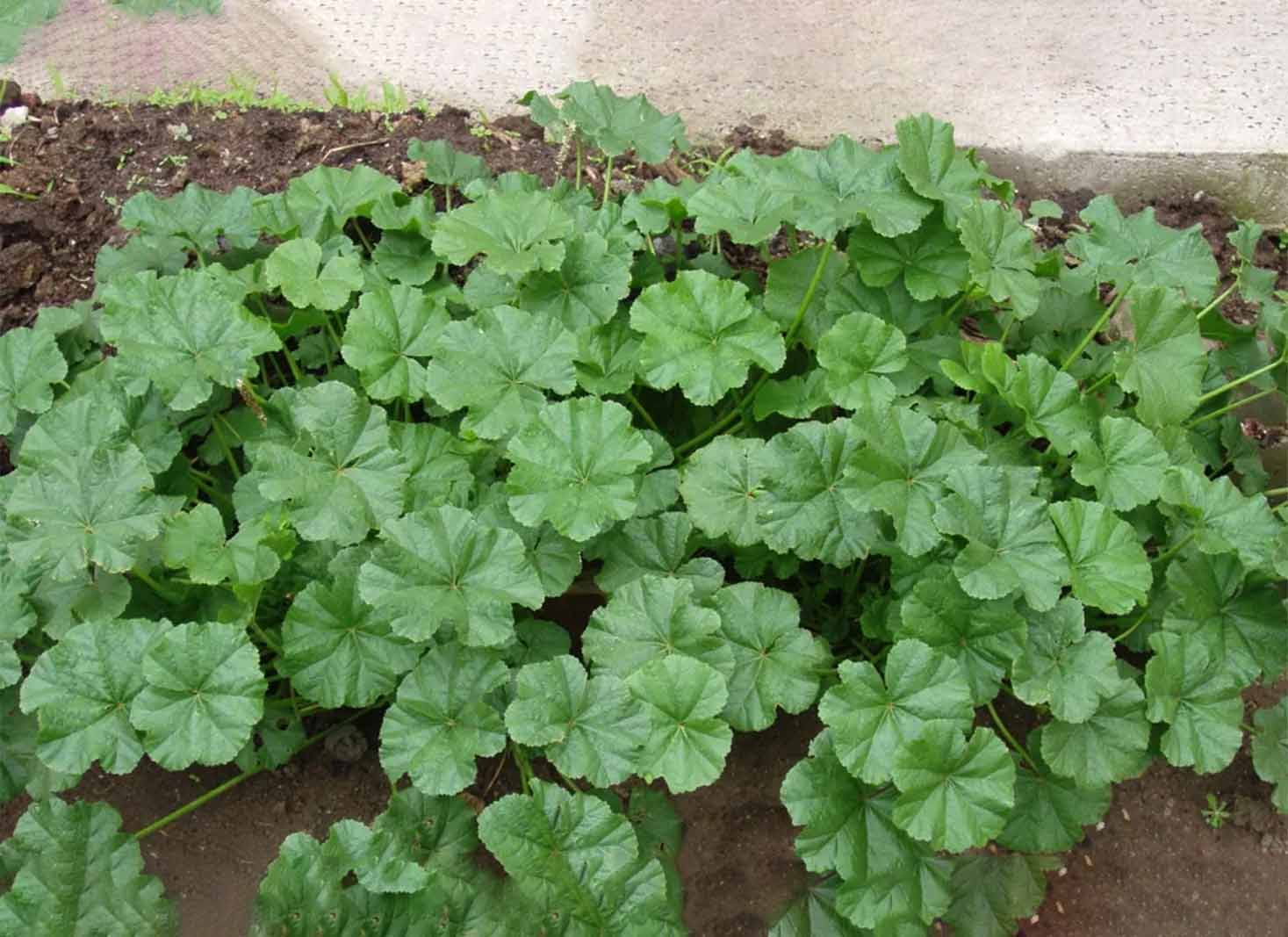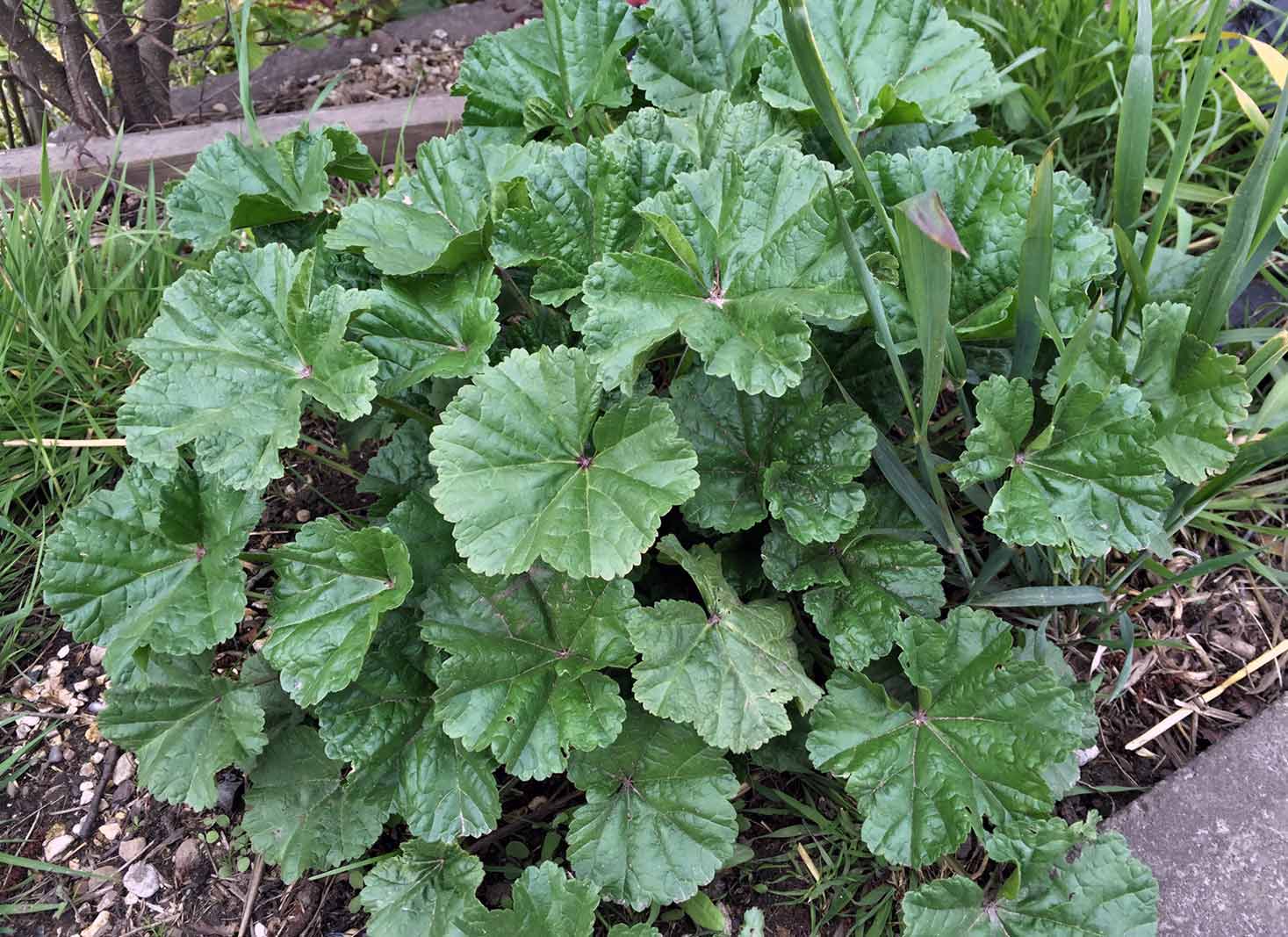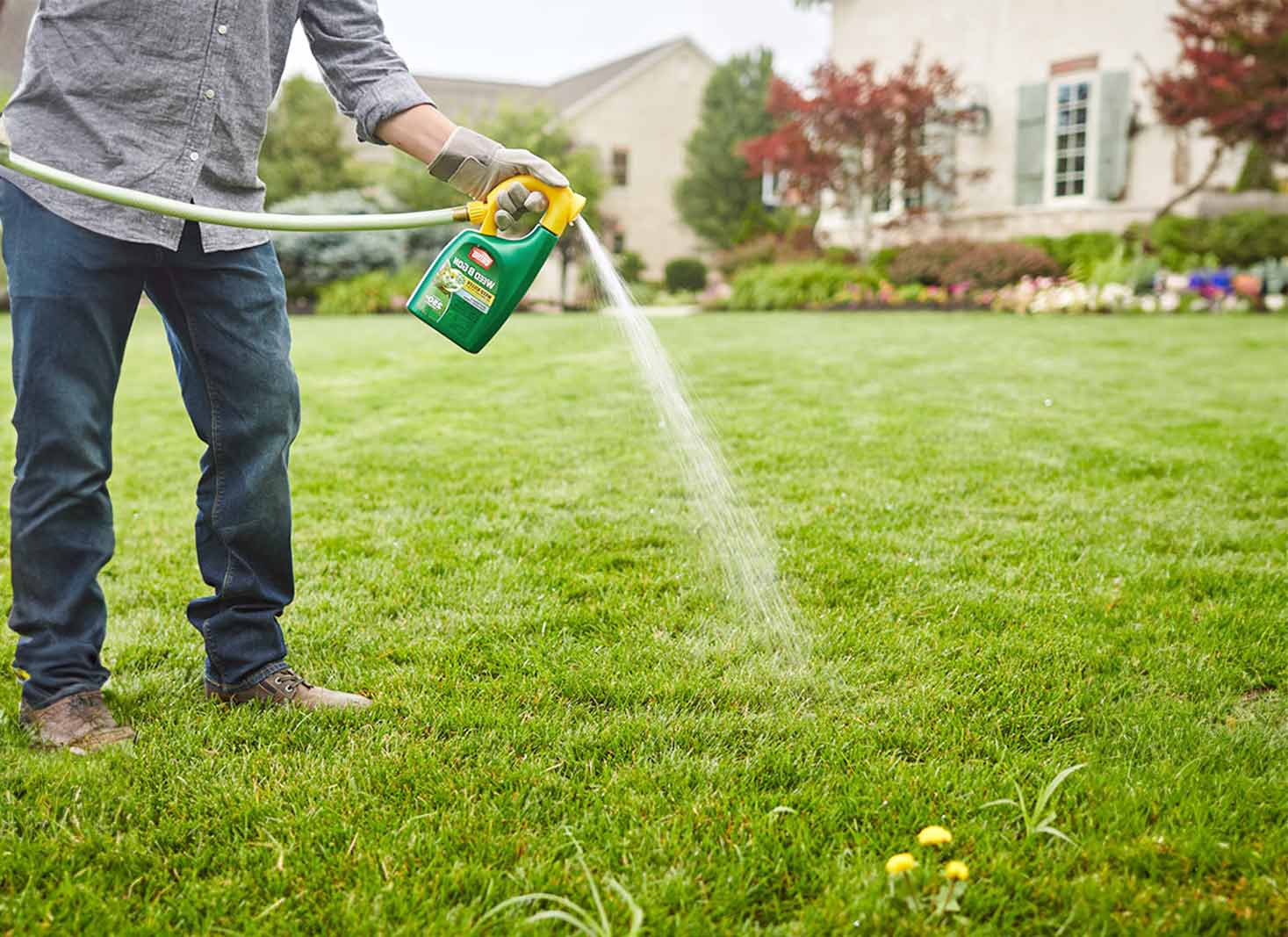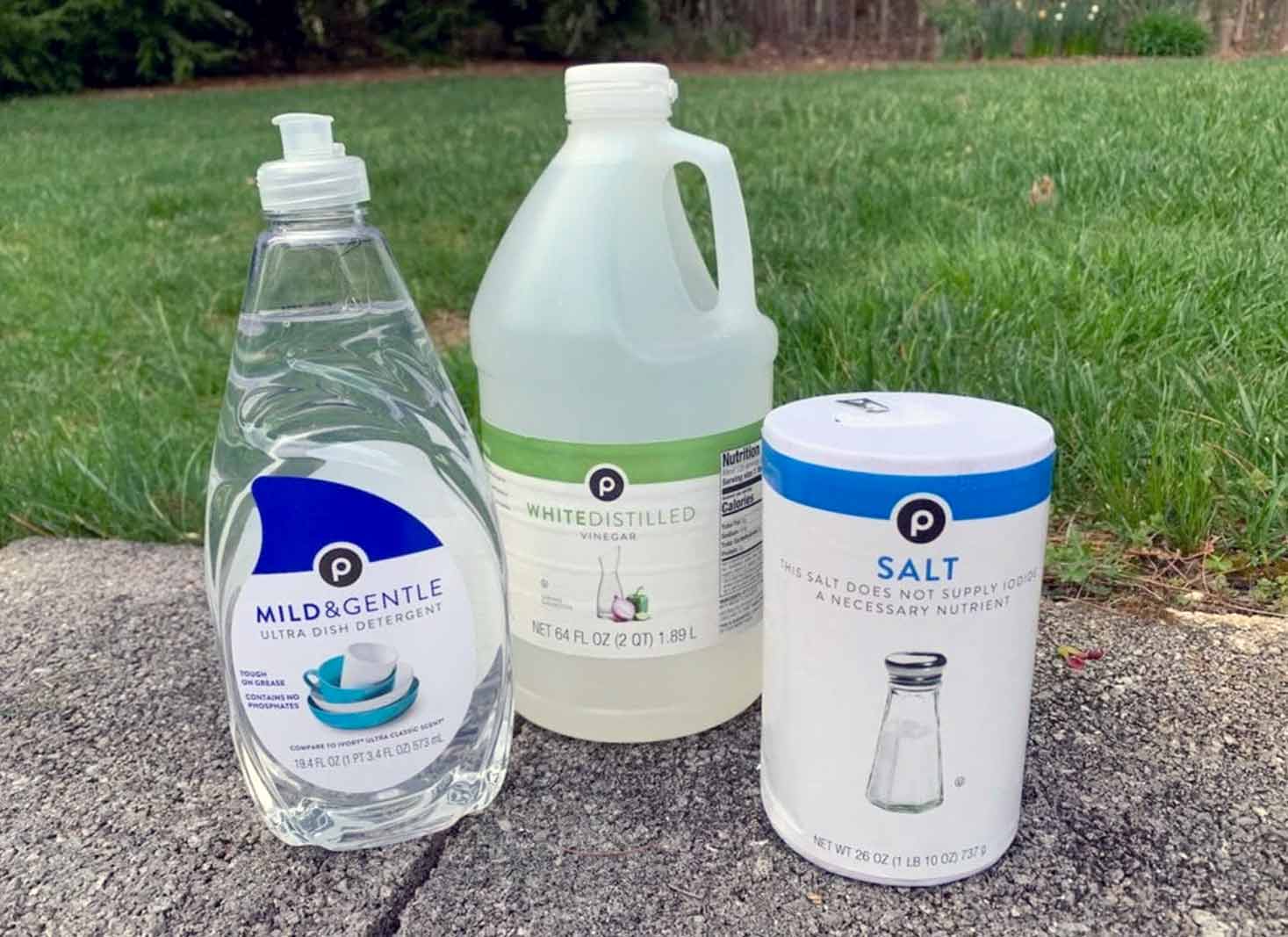Common Mallow Weed, also known as Malva neglecta, is a common weed that can be found throughout North America. It is a low-growing plant that can reach up to 3 feet tall.
Despite being considered a weed, the Common Mallow has a long history of medicinal use. It has been used to treat various ailments, including sore throats, coughs, and digestive issues.
Its medicinal and nutritional benefits make it a plant worth considering, especially for those interested in natural remedies and alternative medicine.
Let’s learn more about the common mallow weed, its characteristics, and how to control it.

What we cover
ToggleIdentification and characteristics of the common mallow weed
Physical attributes
Common Mallow weed, also known as Malva neglecta, is an annual or biennial broadleaf weed that grows in the United States. It has short-to-deep, straight taproots and fragmented stems that can root at the nodes.
The plant can grow up to 3 feet tall and has a basal rosette of leaves with petioles. The stems are thickened, hairy, and can be green or reddish.
The leaves of Common Mallow weed are palmately veined and are generally round or kidney-shaped, with toothed edges. They can be up to 2 inches in diameter and are arranged alternately along the stem.
The flowers are small, whitish-lavender colored, with purple veins and have five petals that are deeply notched. The fruit of the Common Mallow weed is a small, disc-shaped capsule that contains 10-12 wedge-shaped seeds.
Life cycle
Common Mallow weed is a summer annual or biennial that grows in disturbed areas, gardens, and lawns. It is known for its ability to grow in poor soil conditions and can tolerate drought and heat.
The plant reproduces by seed and can produce up to 27,000 seeds per plant.
The life cycle of Common Mallow weed begins with the germination of its seeds in the spring. The plant grows rapidly during the summer months and produces flowers from June to September.
The flowers are self-pollinating and can produce seeds within a few days of opening. The plant dies back in the fall, leaving behind its seeds to overwinter in the soil.
Edibility
Common Mallow weed is edible and has been used in traditional medicine for its anti-inflammatory and soothing properties. The leaves and young shoots can be eaten raw or cooked, and the seeds can be roasted and ground into flour.
The plant is also used as a substitute for ground ivy and okra in recipes.
Invasive characteristics
Common Mallow weed is considered a spreading/prostrate broadleaf weed and can quickly colonize disturbed areas. It has a short life cycle and can produce a large number of seeds, which can remain viable in the soil for up to 10 years.
The plant can also reproduce vegetatively through adventitious roots and can form dense mats that can outcompete native vegetation.
Common Mallow weed is often found growing alongside other invasive species such as Dwarf Mallow and Cheese Mallow.
Habitat and distribution

Common Mallow Weed is commonly found in lawns, gardens, landscapes, and other disturbed areas in the United States and Europe.
This weed is native to Europe but has been introduced to North America and can now be found throughout much of the continent.
Environmental considerations
Common Mallow Weed can thrive in a variety of environmental conditions. It prefers moist soils and can tolerate both dry and compacted soils.
It can also tolerate lower mowing heights, making it a common weed in low-maintenance turfgrass lawns.
Despite its ability to tolerate a variety of environmental conditions, Common Mallow Weed is not well-suited for frigid temperatures.
It is typically an annual weed, meaning it completes its life cycle in one growing season. However, it can also behave as a biennial or perennial in warmer climates.
Cultural and biological control methods
Common Mallow Weed can be controlled through various cultural and biological methods. These methods are effective in reducing the growth and spread of the weed without causing harm to the environment.
Cultural control methods
Cultural control methods involve altering the growing conditions of the weed to reduce its growth and spread. Some effective cultural control methods include:
- Pulling: Hand pulling or using a hoe to uproot the weed is an effective method for small infestations. It is important to remove the entire root to prevent regrowth.
- Mowing: Frequent mowing can prevent the weed from producing seeds and spreading.
- Hand pulling: Hand pulling is an effective method for small infestations. It is important to remove the entire root to prevent regrowth.
Biological control methods
Biological control methods involve the use of natural predators or diseases to control the weeds. Some effective biological control methods include:
- Fungus: The fungus, Verticillium albo-atrum, can be used to control Common Mallow Weed. The fungus infects the roots of the weed, causing it to wilt and die.
- Natural predators: Various insects and mites feed on Common Mallow Weed. These natural predators can be introduced into the affected area to control the weeds.
Overall, a combination of cultural and biological control methods can effectively control Common Mallow Weed without causing harm to the environment.
Chemical control methods

Chemical control of Common Mallow Weed can be achieved through the use of herbicides. There are two types of herbicides that can be used: preemergence and postemergence herbicides.
Preemergence herbicides for Common Mallow
Preemergence herbicides are applied before the weed has emerged from the soil. These herbicides can be effective in preventing the weed from germinating. However, they must be applied at the right time to be effective.
Some preemergence herbicides that can be used for Common Mallow Weed control include fluroxypyr and quinclorac.
Postemergence herbicides for Common Mallow
Postemergence herbicides are applied after the weed has emerged from the soil. These herbicides are effective in killing the weed. However, they must be applied at the right time to be effective.
Some postemergence herbicides that can be used for Common Mallow Weed control include triclopyr, 2,4-D, dicamba, and metsulfuron.
When using herbicides for weed control, it is important to follow the manufacturer’s instructions. Using the recommended amount of herbicide, the correct application method, and using a non-ionic surfactant is recommended.
It is also important to consider the type of turf when using herbicides for weed control. Some herbicides may be harmful to warm-season turf, while others may be safe to use.
It is recommended to consult with a professional or refer to the product label for information on turf safety.
Killing Common Mallow with vinegar
Vinegar-based (20% acetic acid) herbicides are considered natural organic weed killers. They can be used as a non-selective herbicide in place of glyphosate and will kill annual weeds.
The best weed control is always a healthy, well-managed lawn that will not allow weed seeds to germinate. Weed seeds need contact with soil and sunlight to germinate and grow.

Medicinal uses
Common Mallow Weed, also known as Malva sylvestris, has been used for centuries for both its edible and medicinal properties. The plant is rich in calcium, magnesium, and potassium, making it a nutritious addition to any diet.
In terms of its medicinal uses, Common Mallow Weed is known for its anti-inflammatory properties. It has been used to treat a variety of ailments, including sore throats, coughs, and digestive issues.
The leaves and flowers of the plant can be used to make a tea that is believed to help soothe and heal the body.
When it comes to consuming Common Mallow Weed as food, the leaves can be eaten raw or cooked. They have a mild flavor and can be added to salads or used as a garnish.
Other cautions
The flowers of the plant can also be eaten and are often used to decorate cakes and other desserts. While Common Mallow Weed is generally considered safe to consume, there are some precautions to keep in mind.
The plant contains oxalic acid, which can be harmful in large quantities. It is important to consume the plant in moderation and to avoid eating large amounts of it.
Common Mallow Weed is a versatile plant that can be used for both its edible and medicinal properties. With its rich nutritional content and anti-inflammatory benefits, it is definitely worth considering adding it to your diet.
FAQ's
Some common lookalikes for Common Mallow Weed include other members of the Mallow family, such as Musk Mallow and Velvetleaf. They can be differentiated by the shape and size of their leaves, flowers, and seed pods.
Common Mallow has been used for medicinal purposes for centuries. It has been used to treat digestive issues, respiratory problems, and skin irritations. It can also be used as a natural laxative and diuretic.
Yes, Common Mallow leaves can be used in salads and soups. They can also be cooked like spinach and used as a side dish.
Hand pulling and hoeing can be effective methods for removing Common Mallow from small areas. Covering the affected area with a thick layer of mulch can also help to suppress its growth.
Glyphosate-based herbicides are effective for controlling Common Mallow, but they can also harm other plants in the area. It is important to carefully follow the instructions on the label when using herbicides.
Common Mallow is not considered a highly invasive species, but it can spread quickly and outcompete other plants in certain environments. It is important to monitor its growth and take measures to control it if necessary.
